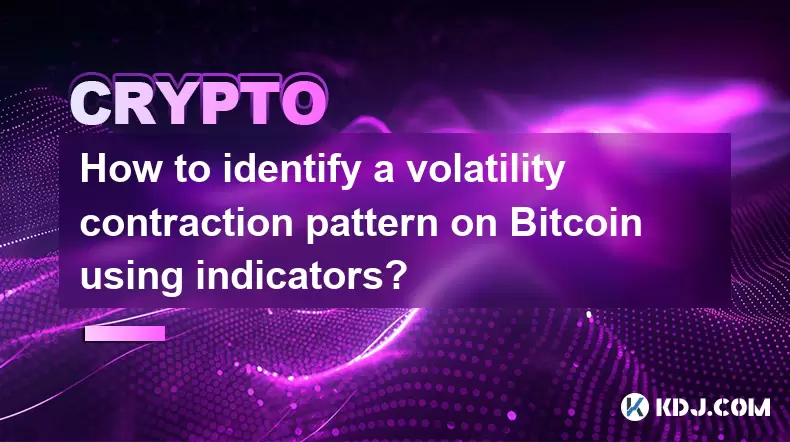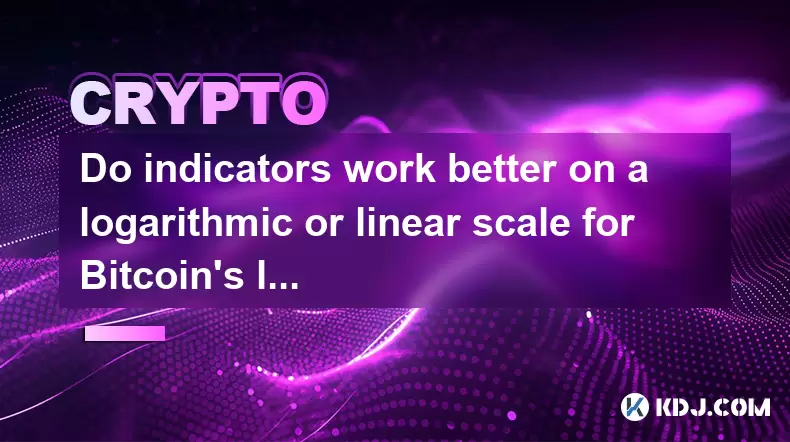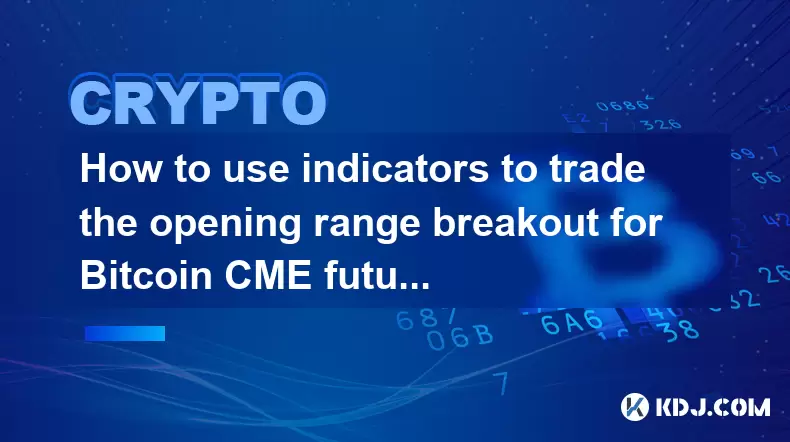-
 Bitcoin
Bitcoin $117900
0.31% -
 Ethereum
Ethereum $3766
0.28% -
 XRP
XRP $3.176
-0.31% -
 Tether USDt
Tether USDt $1.000
0.00% -
 BNB
BNB $795.6
1.51% -
 Solana
Solana $186.8
-1.09% -
 USDC
USDC $0.9999
-0.01% -
 Dogecoin
Dogecoin $0.2353
-1.33% -
 TRON
TRON $0.3226
1.49% -
 Cardano
Cardano $0.8172
-1.08% -
 Sui
Sui $4.178
3.06% -
 Hyperliquid
Hyperliquid $43.05
-3.39% -
 Stellar
Stellar $0.4367
-0.57% -
 Chainlink
Chainlink $18.62
1.47% -
 Hedera
Hedera $0.2828
6.63% -
 Bitcoin Cash
Bitcoin Cash $584.7
5.65% -
 Avalanche
Avalanche $24.81
2.53% -
 Litecoin
Litecoin $112.8
-0.88% -
 UNUS SED LEO
UNUS SED LEO $8.975
-0.08% -
 Shiba Inu
Shiba Inu $0.00001395
-1.07% -
 Toncoin
Toncoin $3.285
-1.05% -
 Ethena USDe
Ethena USDe $1.001
0.01% -
 Polkadot
Polkadot $4.123
0.76% -
 Uniswap
Uniswap $10.49
-0.18% -
 Monero
Monero $326.5
0.14% -
 Dai
Dai $0.9999
-0.02% -
 Bitget Token
Bitget Token $4.576
0.34% -
 Pepe
Pepe $0.00001247
-1.55% -
 Cronos
Cronos $0.1400
3.77% -
 Aave
Aave $295.1
-0.73%
Detailed Explanation of Bitcoin Quantitative Trading: How to Make Money with Data
Bitcoin quantitative trading uses data and algorithms to predict market trends and execute trades, requiring skills in data analysis and risk management.
Jun 08, 2025 at 01:21 pm

In the world of cryptocurrency, Bitcoin quantitative trading has emerged as a sophisticated method for traders to potentially maximize their profits through the use of data and algorithms. This approach leverages large datasets and complex mathematical models to predict market movements and execute trades automatically. Understanding the basics of Bitcoin quantitative trading is essential for anyone looking to delve into this advanced trading strategy.
Bitcoin quantitative trading involves using quantitative analysis to make trading decisions. This type of analysis relies on mathematical and statistical models to identify patterns and trends in market data. Traders who employ this method often use historical data to backtest their strategies, ensuring that they have a solid foundation before applying them in real-time trading scenarios. By doing so, they can minimize risk and optimize their trading algorithms.
To start with Bitcoin quantitative trading, one must first gather and process relevant data. This includes historical price data, trading volumes, and other market indicators. Tools such as APIs from cryptocurrency exchanges and data providers like CoinAPI or CryptoCompare can be used to collect this information. Once the data is gathered, it needs to be cleaned and preprocessed to ensure accuracy and reliability. This step is crucial as any errors in the data can lead to incorrect predictions and trading decisions.
After data collection and preprocessing, the next step is to develop and backtest trading strategies. This involves creating algorithms that can analyze the data and generate buy or sell signals based on predefined criteria. Common strategies include momentum trading, mean reversion, and arbitrage. Each strategy has its own set of rules and parameters that need to be fine-tuned to achieve the best possible performance. Backtesting these strategies against historical data helps traders understand how they would have performed in the past, providing insights into their potential effectiveness.
Once a strategy has been developed and backtested, it can be implemented in real-time trading. This requires setting up a trading platform that can execute trades automatically based on the signals generated by the algorithm. Platforms like MetaTrader or TradingView offer the necessary tools and integrations to connect to cryptocurrency exchanges and execute trades. It's important to monitor the performance of the strategy closely and make adjustments as needed to adapt to changing market conditions.
Risk management is a critical component of Bitcoin quantitative trading. Given the volatile nature of the cryptocurrency market, it's essential to implement robust risk management practices to protect against significant losses. This includes setting stop-loss orders, diversifying trading strategies, and maintaining a disciplined approach to trading. By managing risk effectively, traders can safeguard their capital and enhance their chances of long-term success.
In addition to risk management, continuous monitoring and optimization are key to successful quantitative trading. Markets evolve, and strategies that were once profitable may become less effective over time. Traders need to regularly review their algorithms, update their models, and incorporate new data to ensure that their strategies remain competitive. This ongoing process of refinement is what separates successful quantitative traders from the rest.
Understanding the Basics of Bitcoin Quantitative Trading
Bitcoin quantitative trading is a method that uses mathematical models and large datasets to predict market movements and execute trades. Quantitative analysis is at the heart of this approach, allowing traders to identify patterns and trends that may not be visible through traditional analysis. By leveraging historical data, traders can backtest their strategies to ensure they have a solid foundation before applying them in real-time trading scenarios.
Gathering and Processing Relevant Data
The first step in Bitcoin quantitative trading is to gather and process relevant data. This includes historical price data, trading volumes, and other market indicators. Tools such as APIs from cryptocurrency exchanges and data providers like CoinAPI or CryptoCompare can be used to collect this information. Once the data is gathered, it needs to be cleaned and preprocessed to ensure accuracy and reliability. This step is crucial as any errors in the data can lead to incorrect predictions and trading decisions.
- Use APIs from cryptocurrency exchanges to gather historical price data and trading volumes
- Utilize data providers like CoinAPI or CryptoCompare for additional market indicators
- Clean and preprocess the data to ensure accuracy and reliability
Developing and Backtesting Trading Strategies
After data collection and preprocessing, the next step is to develop and backtest trading strategies. This involves creating algorithms that can analyze the data and generate buy or sell signals based on predefined criteria. Common strategies include momentum trading, mean reversion, and arbitrage. Each strategy has its own set of rules and parameters that need to be fine-tuned to achieve the best possible performance. Backtesting these strategies against historical data helps traders understand how they would have performed in the past, providing insights into their potential effectiveness.
- Create algorithms that analyze data and generate buy or sell signals
- Fine-tune the rules and parameters of the strategy for optimal performance
- Backtest the strategy against historical data to assess its effectiveness
Implementing Strategies in Real-Time Trading
Once a strategy has been developed and backtested, it can be implemented in real-time trading. This requires setting up a trading platform that can execute trades automatically based on the signals generated by the algorithm. Platforms like MetaTrader or TradingView offer the necessary tools and integrations to connect to cryptocurrency exchanges and execute trades. It's important to monitor the performance of the strategy closely and make adjustments as needed to adapt to changing market conditions.
- Set up a trading platform like MetaTrader or TradingView
- Connect the platform to cryptocurrency exchanges for automatic trade execution
- Monitor the strategy's performance and make adjustments as needed
Risk Management in Bitcoin Quantitative Trading
Risk management is a critical component of Bitcoin quantitative trading. Given the volatile nature of the cryptocurrency market, it's essential to implement robust risk management practices to protect against significant losses. This includes setting stop-loss orders, diversifying trading strategies, and maintaining a disciplined approach to trading. By managing risk effectively, traders can safeguard their capital and enhance their chances of long-term success.
- Set stop-loss orders to limit potential losses
- Diversify trading strategies to spread risk
- Maintain a disciplined approach to trading
Continuous Monitoring and Optimization
In addition to risk management, continuous monitoring and optimization are key to successful quantitative trading. Markets evolve, and strategies that were once profitable may become less effective over time. Traders need to regularly review their algorithms, update their models, and incorporate new data to ensure that their strategies remain competitive. This ongoing process of refinement is what separates successful quantitative traders from the rest.
- Regularly review and update trading algorithms
- Incorporate new data to keep strategies competitive
- Continuously refine and optimize trading models
Frequently Asked Questions
Q: What are the main differences between Bitcoin quantitative trading and traditional trading?
A: The main differences lie in the methodology and tools used. Bitcoin quantitative trading relies heavily on mathematical models and large datasets to make trading decisions, whereas traditional trading often involves more subjective analysis and human judgment. Quantitative trading uses algorithms to execute trades automatically, while traditional trading may involve manual execution.
Q: Can anyone start Bitcoin quantitative trading, or does it require specific skills?
A: Bitcoin quantitative trading can be started by anyone with a basic understanding of trading and programming. However, it requires specific skills in areas such as data analysis, algorithm development, and risk management. Those new to the field may need to invest time in learning these skills or collaborate with experienced professionals.
Q: How much capital is needed to start Bitcoin quantitative trading?
A: The amount of capital needed to start Bitcoin quantitative trading can vary widely depending on the trader's strategy and risk tolerance. Some traders may start with as little as $1,000, while others may require $10,000 or more. It's important to start with an amount that one can afford to lose, given the high volatility of the cryptocurrency market.
Q: Are there any specific tools or software recommended for Bitcoin quantitative trading?
A: Several tools and software are recommended for Bitcoin quantitative trading. MetaTrader and TradingView are popular platforms for executing trades and developing strategies. Additionally, Python is widely used for data analysis and algorithm development, with libraries such as Pandas and NumPy being particularly useful. For data collection, APIs from exchanges and data providers like CoinAPI or CryptoCompare are essential.
Disclaimer:info@kdj.com
The information provided is not trading advice. kdj.com does not assume any responsibility for any investments made based on the information provided in this article. Cryptocurrencies are highly volatile and it is highly recommended that you invest with caution after thorough research!
If you believe that the content used on this website infringes your copyright, please contact us immediately (info@kdj.com) and we will delete it promptly.
- Crypto ETFs and Altcoins: Navigating the Wild West with Meme Coins and Tokenized Assets
- 2025-07-27 23:04:06
- Pi Coin in 2026: Will It Be Worth the Wait?
- 2025-07-27 23:10:12
- Dogecoin Price Prediction: Bullish W Pattern Sparks Hope for $1 DOGE
- 2025-07-27 23:15:21
- Bitcoin Price, Portfolio Growth, and the Remittix Alternative: Navigating the Crypto Landscape
- 2025-07-27 23:04:06
- Cryptos to Watch in 2025: Punisher Coin, Chainlink, and the Altcoin Arena
- 2025-07-27 18:30:13
- Bitcoin, Altcoins, Rebound: Navigating the Crypto Comeback Trail
- 2025-07-27 18:30:13
Related knowledge

What is the significance of the 21-week EMA in a Bitcoin bull market?
Jul 10,2025 at 06:56pm
Understanding the 21-Week EMA in Cryptocurrency AnalysisThe 21-week Exponential Moving Average (EMA) is a technical indicator widely used by traders a...

How to identify a volatility contraction pattern on Bitcoin using indicators?
Jul 07,2025 at 07:28am
What is a Volatility Contraction Pattern in Bitcoin Trading?A volatility contraction pattern refers to a phase where the price movement of an asset, s...

Do indicators work better on a logarithmic or linear scale for Bitcoin's long-term chart?
Jul 08,2025 at 01:42pm
Understanding Chart Scales in Cryptocurrency TradingIn cryptocurrency trading, particularly for analyzing Bitcoin's long-term trends, chart scales pla...

What is the Woodies CCI indicator and can it be used for Bitcoin?
Jul 04,2025 at 05:14pm
Understanding the Woodies CCI IndicatorThe Woodies CCI indicator is a variation of the traditional Commodity Channel Index (CCI), which was originally...

How to use indicators to trade the opening range breakout for Bitcoin CME futures?
Jul 05,2025 at 07:35pm
What Is the Opening Range Breakout Strategy?The opening range breakout (ORB) strategy is a popular trading technique used in both traditional markets ...

How to use the Relative Vigor Index (RVI) for Bitcoin trading?
Jul 07,2025 at 02:00pm
Understanding the Relative Vigor Index (RVI)The Relative Vigor Index (RVI) is a technical analysis tool used to assess the strength of price movements...

What is the significance of the 21-week EMA in a Bitcoin bull market?
Jul 10,2025 at 06:56pm
Understanding the 21-Week EMA in Cryptocurrency AnalysisThe 21-week Exponential Moving Average (EMA) is a technical indicator widely used by traders a...

How to identify a volatility contraction pattern on Bitcoin using indicators?
Jul 07,2025 at 07:28am
What is a Volatility Contraction Pattern in Bitcoin Trading?A volatility contraction pattern refers to a phase where the price movement of an asset, s...

Do indicators work better on a logarithmic or linear scale for Bitcoin's long-term chart?
Jul 08,2025 at 01:42pm
Understanding Chart Scales in Cryptocurrency TradingIn cryptocurrency trading, particularly for analyzing Bitcoin's long-term trends, chart scales pla...

What is the Woodies CCI indicator and can it be used for Bitcoin?
Jul 04,2025 at 05:14pm
Understanding the Woodies CCI IndicatorThe Woodies CCI indicator is a variation of the traditional Commodity Channel Index (CCI), which was originally...

How to use indicators to trade the opening range breakout for Bitcoin CME futures?
Jul 05,2025 at 07:35pm
What Is the Opening Range Breakout Strategy?The opening range breakout (ORB) strategy is a popular trading technique used in both traditional markets ...

How to use the Relative Vigor Index (RVI) for Bitcoin trading?
Jul 07,2025 at 02:00pm
Understanding the Relative Vigor Index (RVI)The Relative Vigor Index (RVI) is a technical analysis tool used to assess the strength of price movements...
See all articles

























































































